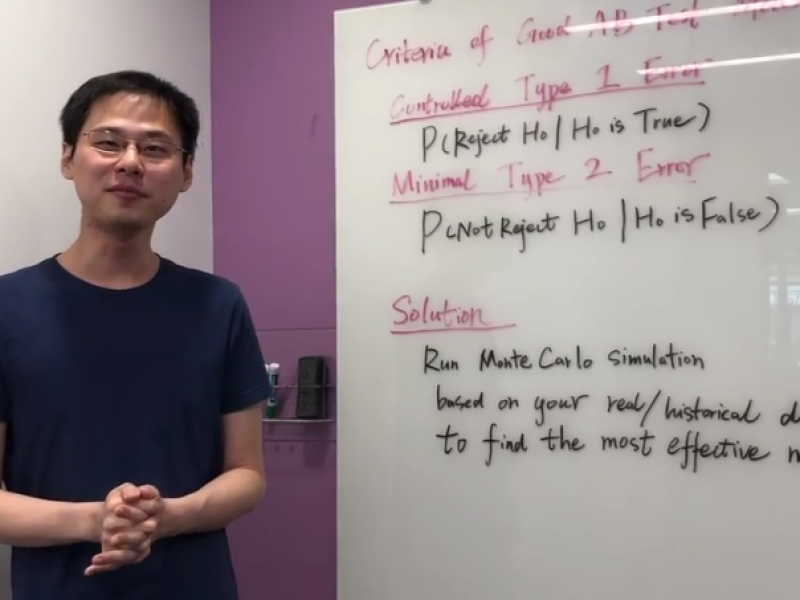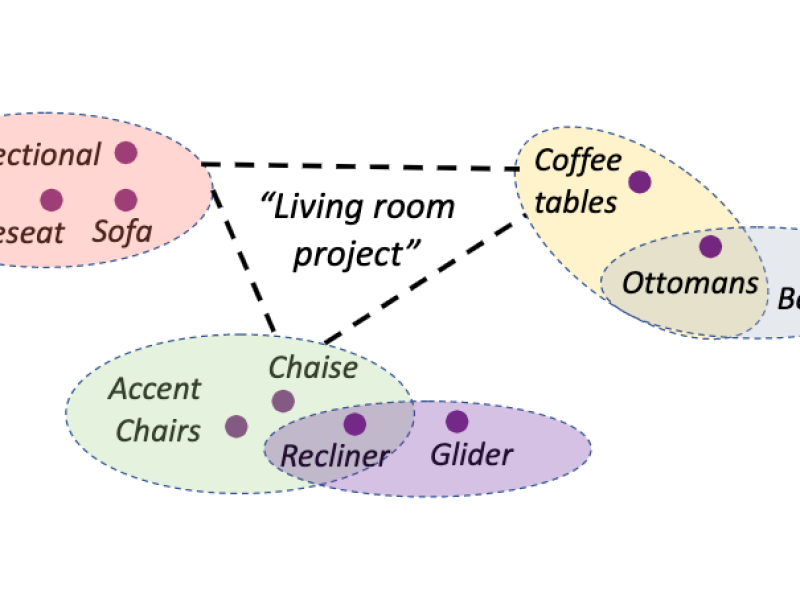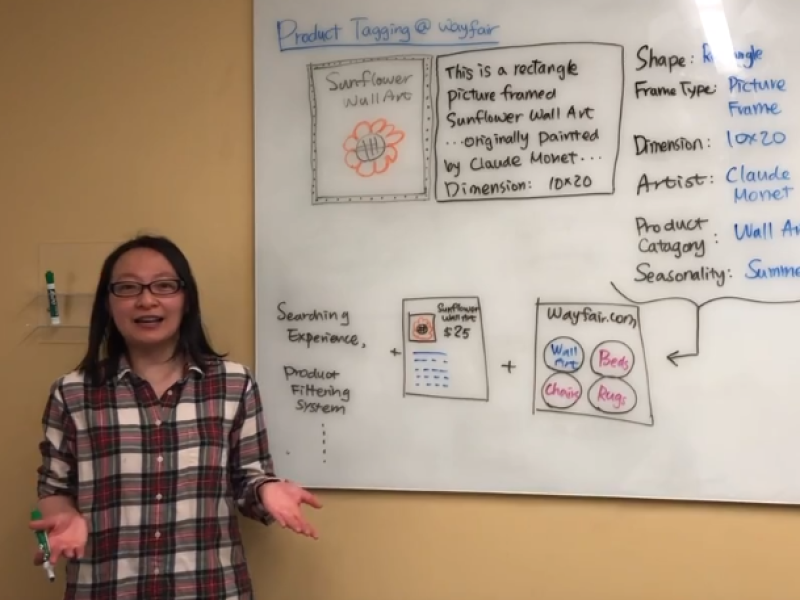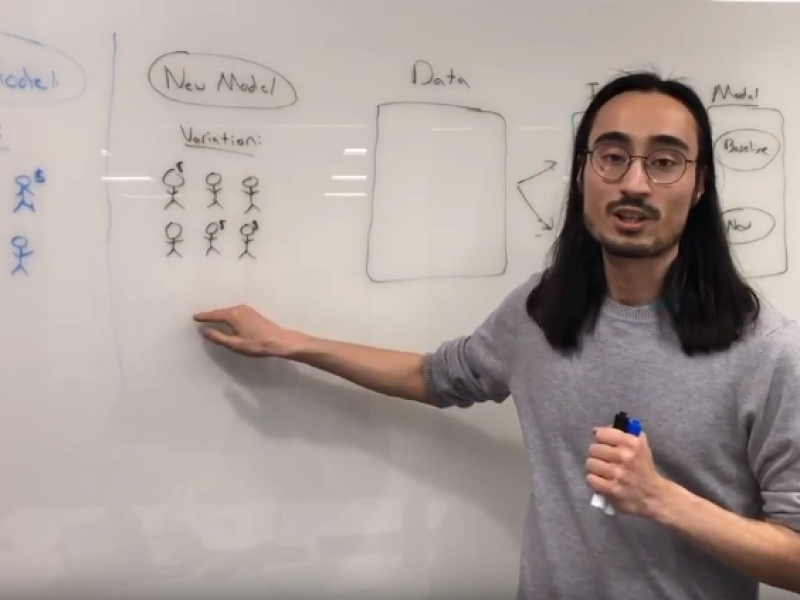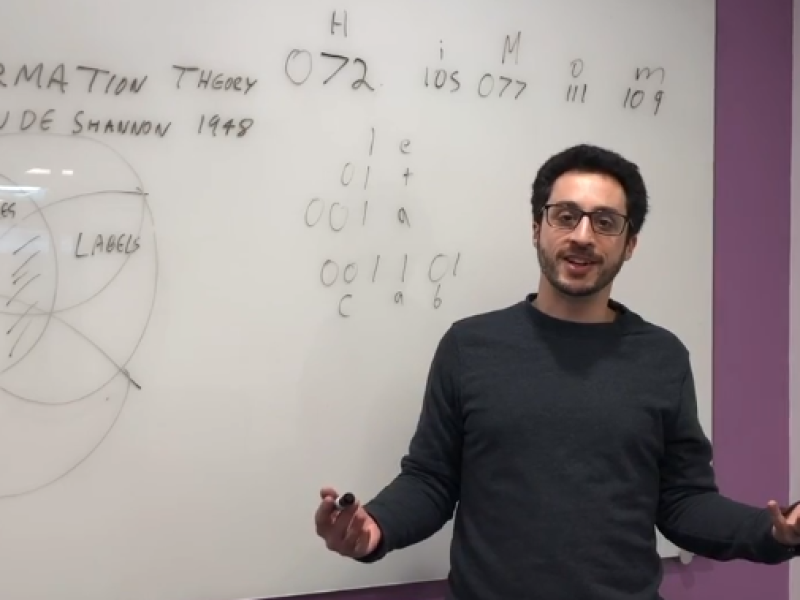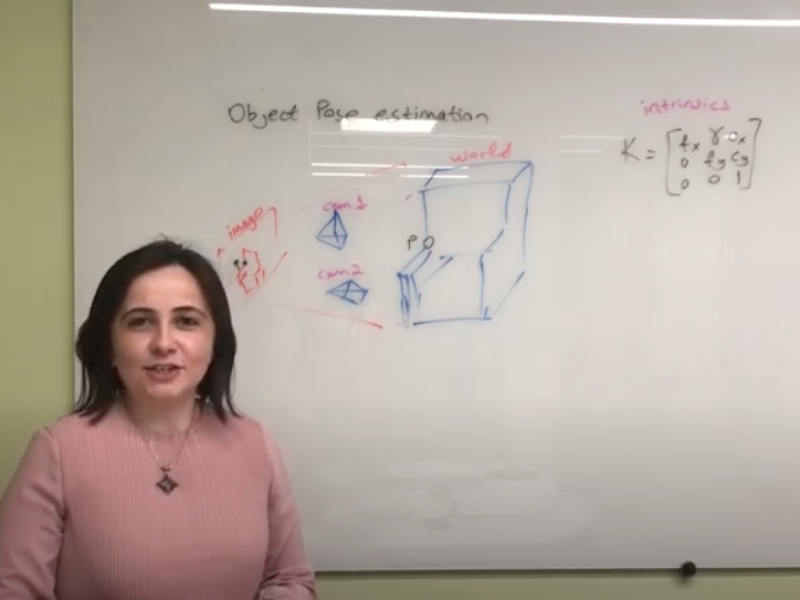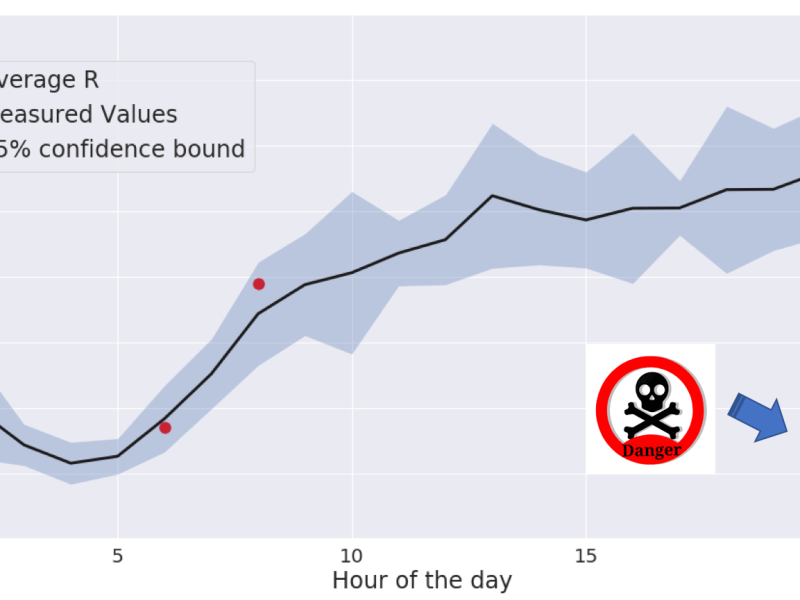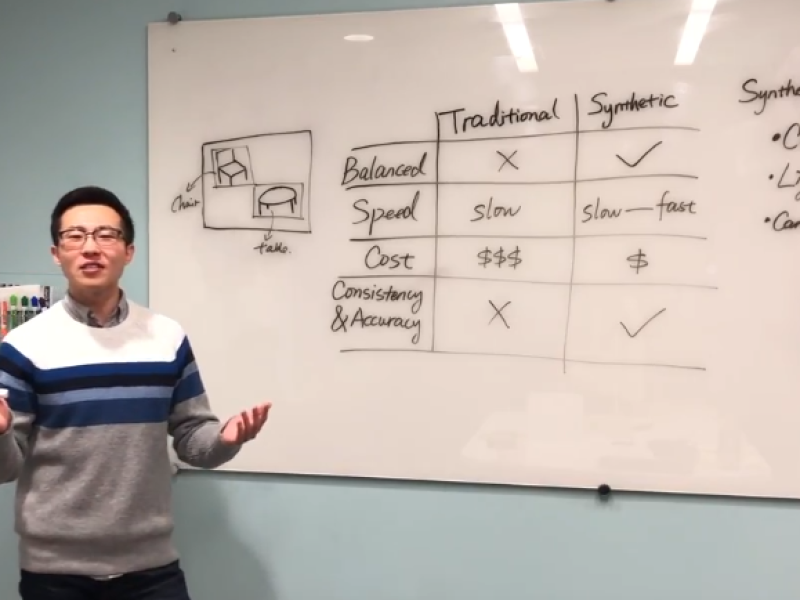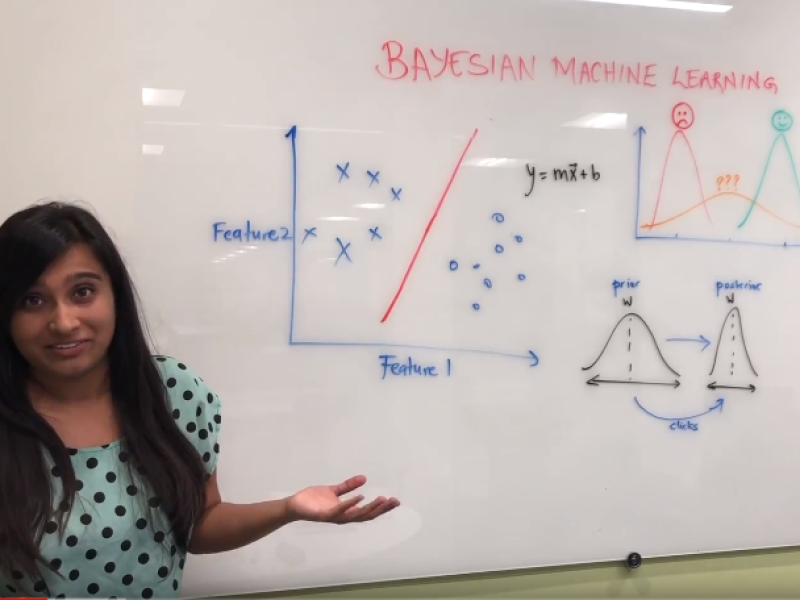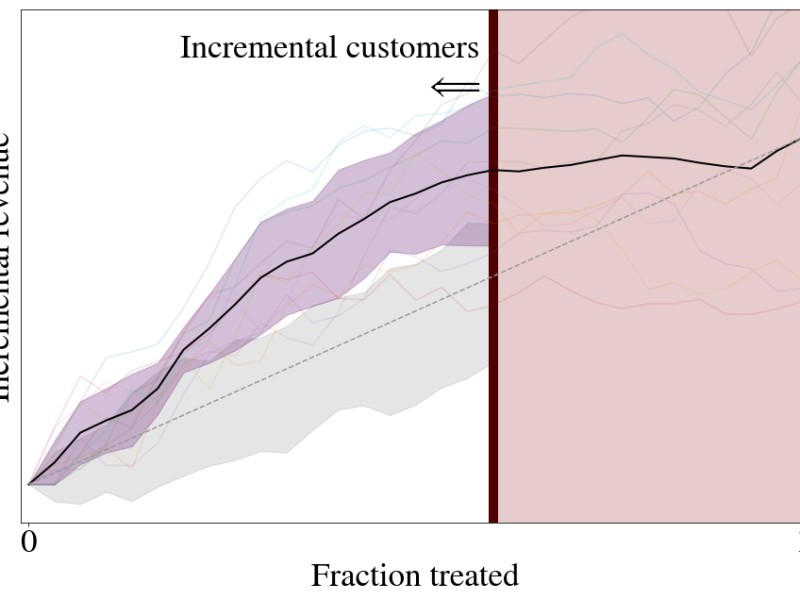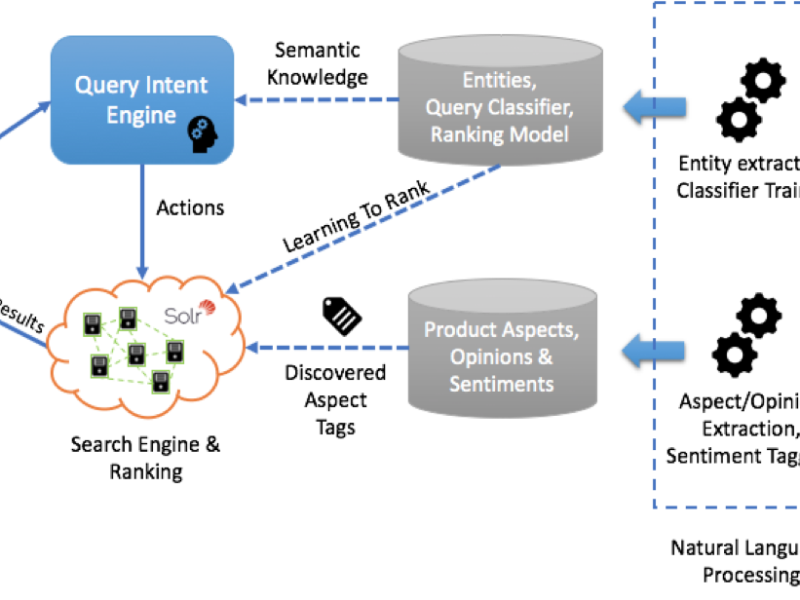Experimentation plays a central role in understanding the business impact of data science strategies and solutions. A few weeks ago, Wayfair Data Science Manager Jerry Chen shared one way Wayfair has improved the experimentation process by building a unified test design and measurement platform (Gemini) for our marketing AB tests (read the blog post here!). In this video, Jerry will provide an introduction to running large scale Monte Carlo simulations to validate/optimize test design and measurement methodology using historical data.
1 Min Read
Introduction
7 Min Read
Product tags reveals the detailed characteristics of a product which can be used to power PDP (product display page) creation, searching, filter creation and more.This week in Wayfair Data Science’s explainer series, Senior Data Scientist Jinnie Chen outlines some of the strategies we applied in Wayfair to perform automated product tagging.
1 Min Read
Serving effective personalized product recommendations is critical to providing a pleasant shopping experience for customers at Wayfair. To do this, the Wayfair Data Science team builds state of the art recommender systems that leverage the customer’s previous browsing history to surface products that match their interests. This week in Wayfair Data Science’s explainer series, Senior Data Scientist Cole Zuber describes how we approach evaluating these recommender systems.
1 Min Read
Most machine learning algorithms are designed to train on balanced datasets. Resultantly, when our data are highly imbalanced, a typical model will have atrocious recall. In this video, Wayfair Senior Data Scientist Trent Woodbury explains the three most common ways of handling this imbalanced data problem.
1 Min Read
This week in Wayfair Data Science’s Explainer Series, Data Science Tech Lead Peter B. Golbus discusses machine learning from a theoretical computer science perspective. In this video, we describe multiclass classification as an encoding task, i.e. a process for building compression schemes that convert large "files" (feature vectors) into small ones (labels). By framing classification this way, we are able to use the powerful tools of Information Theory to produce actionable insight. In particular, we discuss that classification accuracy is bounded from above by the mutual information between your features and labels, and how information theory explains why ensembling and feature selection are such powerful tools for machine learning.
1 Min Read
This week in Wayfair Data Science’s explainer series, we’re discussing object pose estimation, an important problem in robotics and augmented reality (AR) applications. In robotics, when given a 3D model of an object a mobile robot must be able to localize it in space in order to manipulate it. This localization process is also central to our AR work at Wayfair. On the Wayfair app, you can explore how our products look in your room using AR. The ability to estimate the pose of the selected item while you are moving your smartphone around your room is essential to providing the best AR experience. In this video, Wayfair data science manager Esra Cansizoglu explains how we solve this problem using perspective-n-point algorithm in a RANSAC framework.
1 Min Read
Introduction
8 Min Read
This week in Wayfair Data Science’s explainer series, Senior Machine Learning Engineer Tim Zhang lays out what you need to know about training image synthesis. Training image synthesis is a fairly young project for the Computer Vision team at Wayfair. We have explored a few different use cases that can take advantage of this approach, such as search-with-photo, image-based 3D geometry generation, and camera perspective estimation. Looking forward, we are aiming at faster rendering speed and more intelligent domain randomization.
1 Min Read
Welcome back to Wayfair Data Science's Explainer Series! This week, Afshaan Mazagonwalla will be speaking about Bayesian Machine Learning
1 Min Read
Uplift models seek to predict the incremental value attained in response to a treatment. For example, if we want to know the value of showing an advertisement to someone, typical response models will only tell us that a person is likely to purchase after being given an advertisement, though they may have been likely to purchase already. Uplift models will predict how much more likely they are to purchase after being shown the ad. The most scalable uplift modeling packages to date are theoretically rigorous, but, in practice, they can be prohibitively slow. We have written a Python package, pylift, that implements a transformative method wrapped around scikit-learn to allow for (1) quick implementation of uplift, (2) rigorous uplift evaluation, and (3) an extensible python-based framework for future uplift method implementations.
8 Min Read
Search is critical to the customer experience at Wayfair. What we show on the first page of results is incredibly important for users. The graph below shows what many people might already know when it comes to browsing and search habits: The majority of customers rarely look beyond the products on the first page of search results.
7 Min Read
